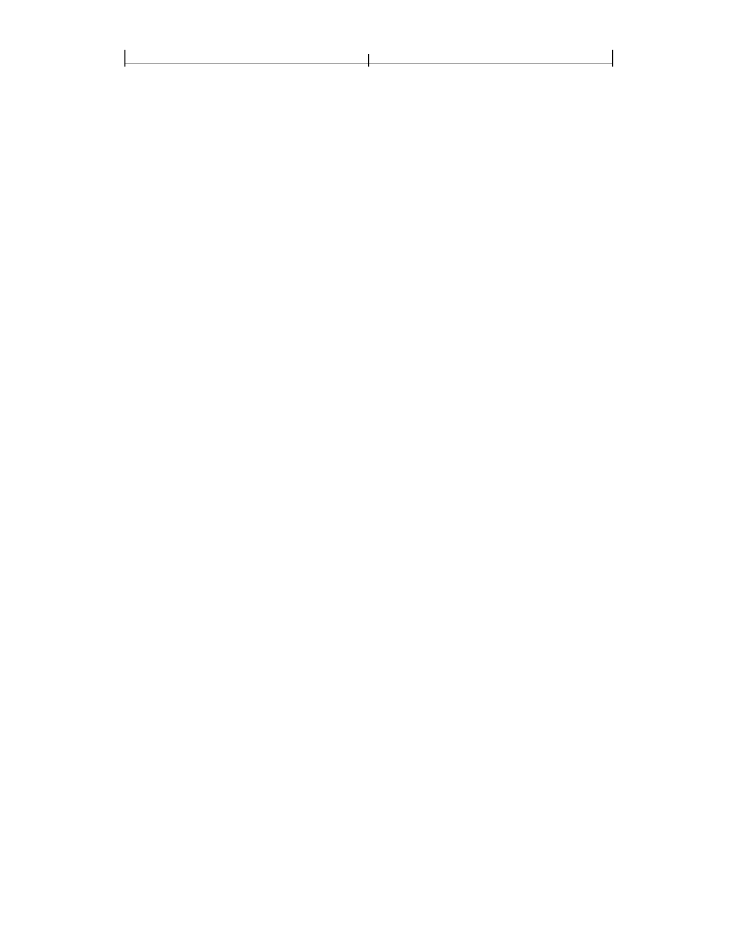
SECTION 4.9
357
Form XObjects
Each form XObject is defined in its own coordinate system, called
form space.
The
BBox
entry in the form dictionary is expressed in form space, as are any
coordinates used in the form XObject’s content stream, such as path coordinates.
The
Matrix
entry in the form dictionary specifies the mapping from form space to
the current user space. Each time the form XObject is painted by the
Do
operator,
this matrix is concatenated with the current transformation matrix to define the
mapping from form space to device space. (This differs from the
Matrix
entry in a
pattern dictionary, which maps pattern space to the
initial
user space of the con-
tent stream in which the pattern is used.)
When the
Do
operator is applied to a form XObject, it does the following tasks:
1. Saves the current graphics state, as if by invoking the
q
operator (see Section
2. Concatenates the matrix from the form dictionary’s
Matrix
entry with the cur-
rent transformation matrix (CTM)
3. Clips according to the form dictionary’s
BBox
entry
4. Paints the graphics objects specified in the form’s content stream
5. Restores the saved graphics state, as if by invoking the
Q
operator (see Section
Except as described above, the initial graphics state for the form is inherited from
the graphics state that is in effect at the time
Do
is invoked.
4.9.1 Form Dictionaries
Every form XObject has a
form type,
which determines the format and meaning
of the entries in its form dictionary. At the time of publication, only one form
type, type 1, has been defined. Form XObject dictionaries may contain the entries
shown in Table 4.45, in addition to the usual entries common to all streams (see